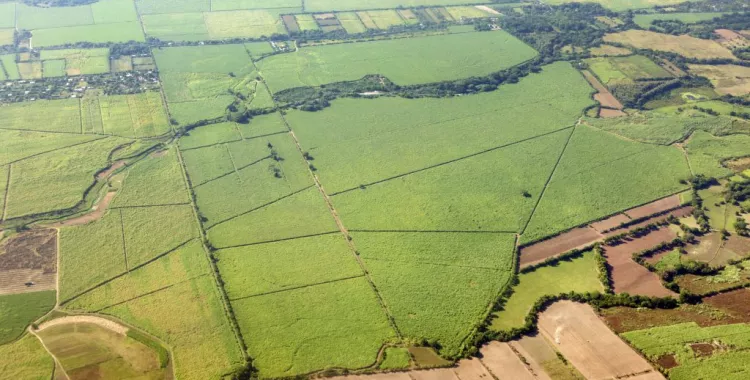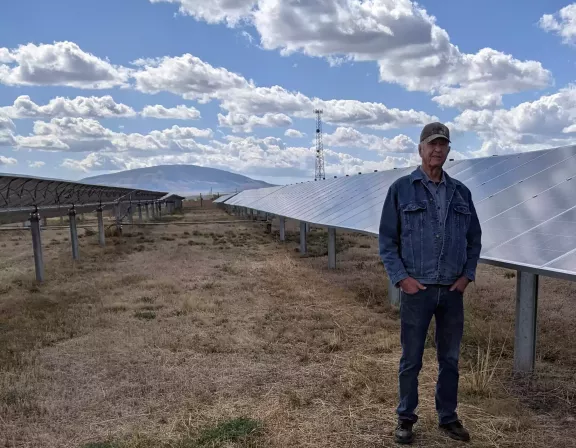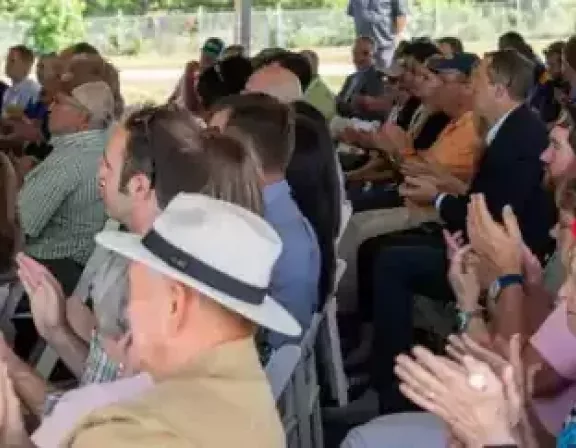Land lease benefits to landowners
Landowners receive many benefits when entering into a wind or solar land lease with AES. We work with both landowners and communities to accelerate the positive impact and economic benefits of our clean energy projects.
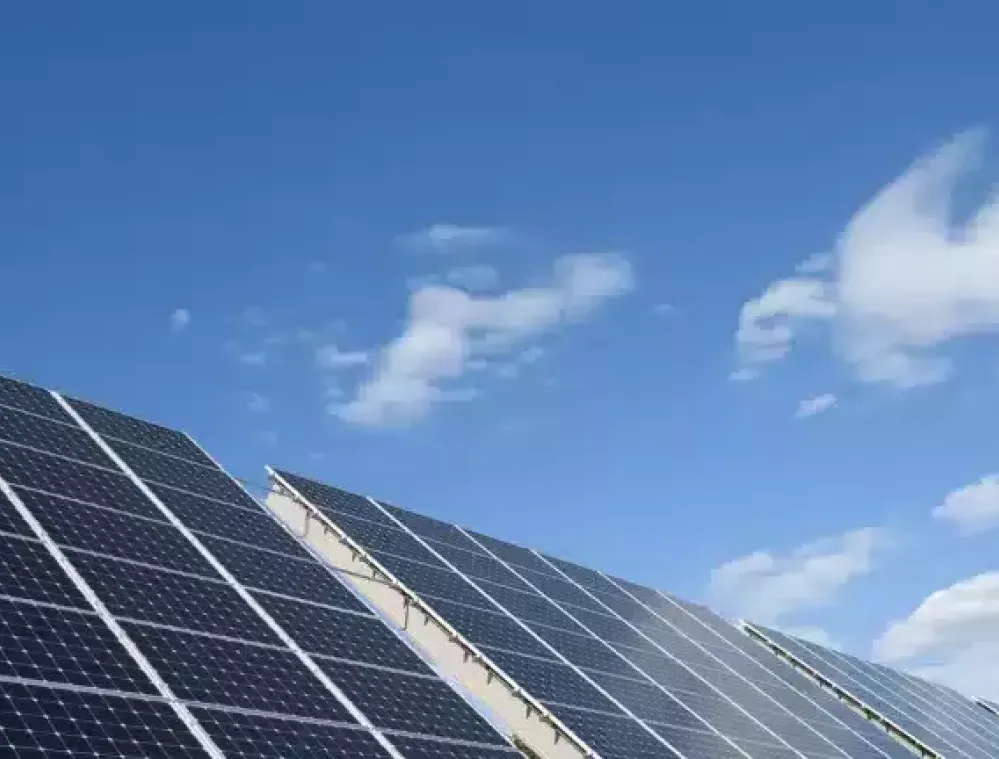
New source of revenue
Our rent payments to landowners provide a reliable source of long-term income, complementing the volatility of farming economics. You will receive reliable annual rent payments for the life of the project (typically 20+ years), including any increased property tax payments and roll-back taxes. If you prefer to sell the property, we can also explore this option with you.
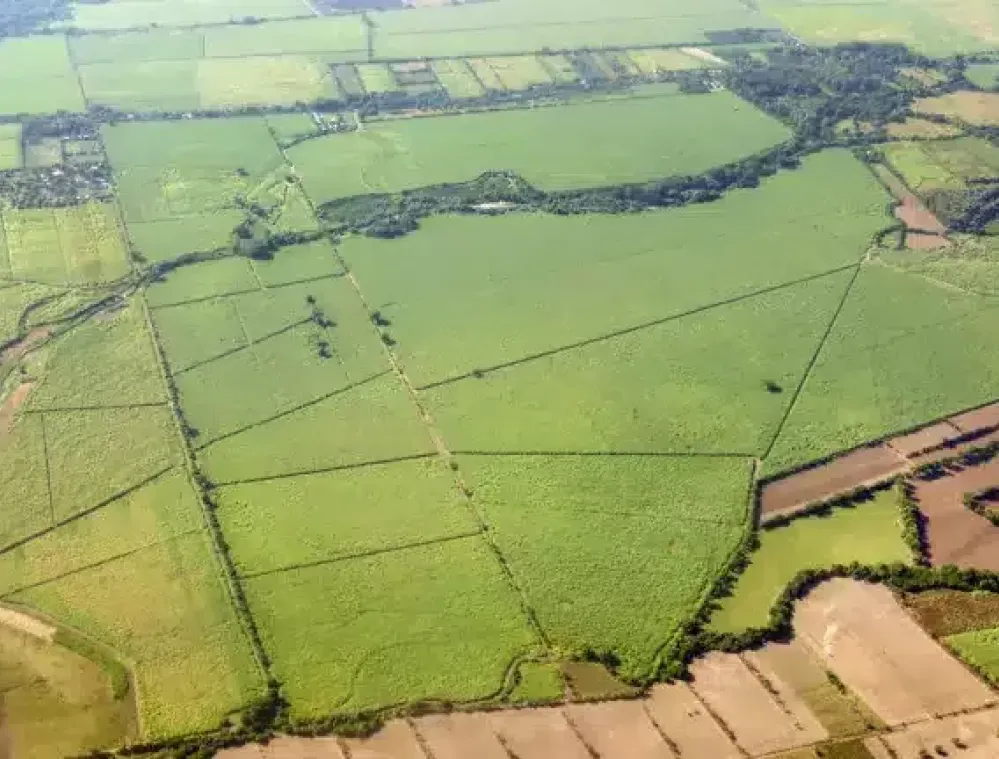
Upfront payments during property assessment
We financially compensate you as we conduct an analysis of your property and advance the development of the project while you can continue using the land as you do today.
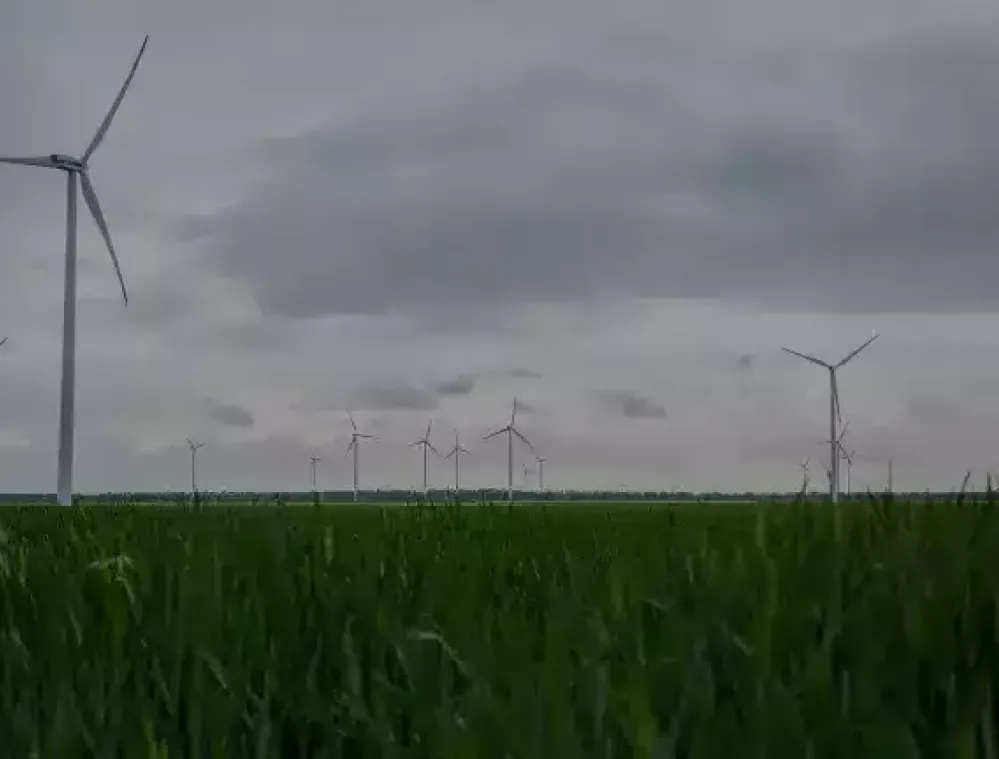
Long-term reliable payments, without work on your end
You receive a check while our team handles the maintenance and management of your land used to host the project.
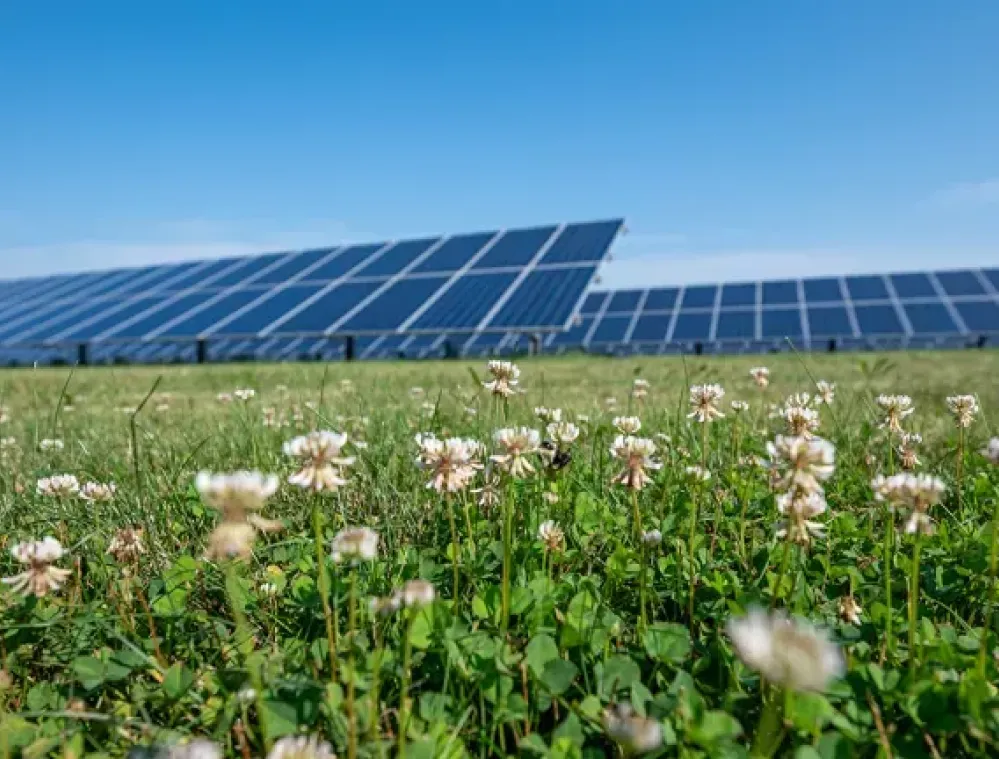
Land preserved for future generations
At the end of the project’s life, we restore your land to allow a return to farming or other uses consistent with land-use policies at the time.
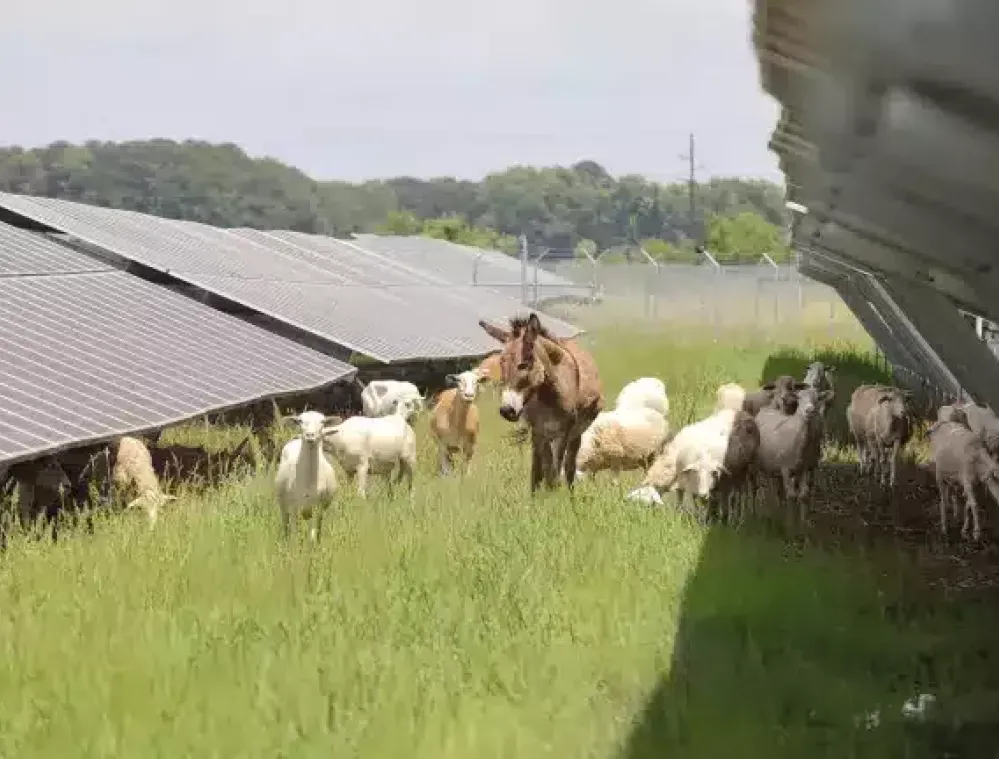
Support sustainability and clean energy in your local community
Committed landowner partners are a key part of determining if a new solar farm or wind farm can be built in the area. Our clean energy projects are safe, quiet, and sustainable, and we are committed to responsibly designing our projects to live in harmony with the existing character of the local community and the project’s environmental surroundings.
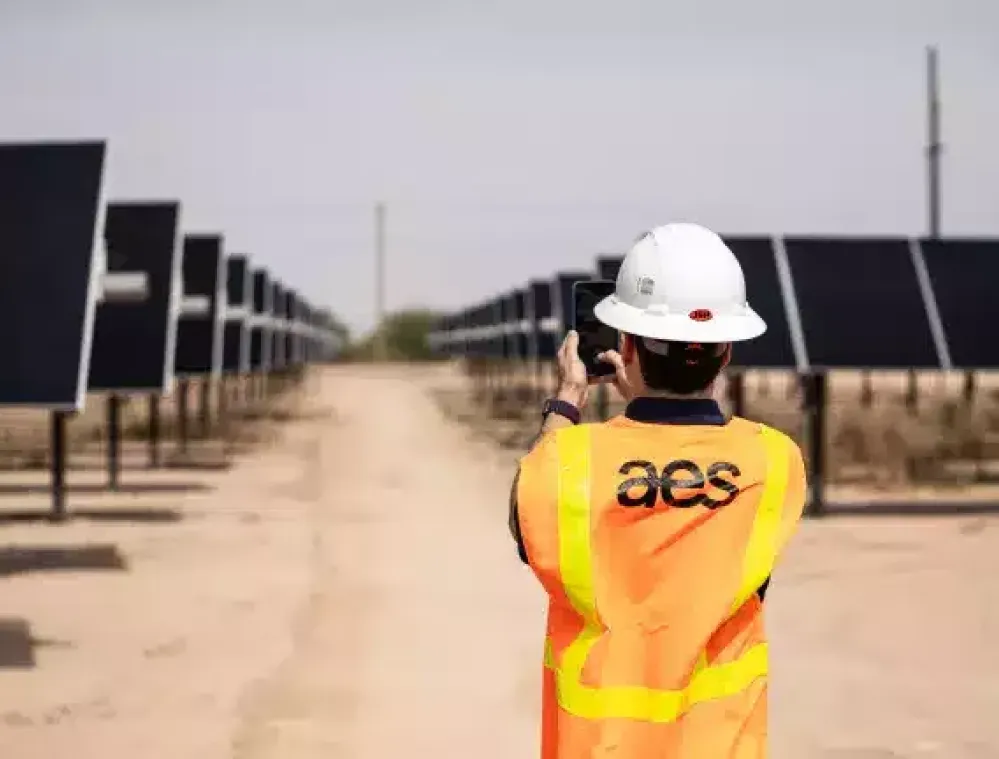
Partner with a long-term owner operator
AES is a long-term owner-operator, which means over the course of your lease, you will work directly with our AES team. We are invested in being a good neighbor to ensure the long-term success and health of your land.
Land lease process
1. Contact us for a free land assessment
We’ll answer any questions you may have about land leases, what a relationship with AES looks like and set a time to conduct a land assessment.
2. We evaluate your land
There are several factors that inform the suitability of a parcel for a wind or solar project, such as acreage, proximity to a utility interconnection point and zoning.
3. Receive monetary offer
If your land meets the criteria, we’ll send you an offer for the sale or lease of your property. If you accept, AES will handle all the work to develop a new solar or wind farm on your land while you simply receive payments.
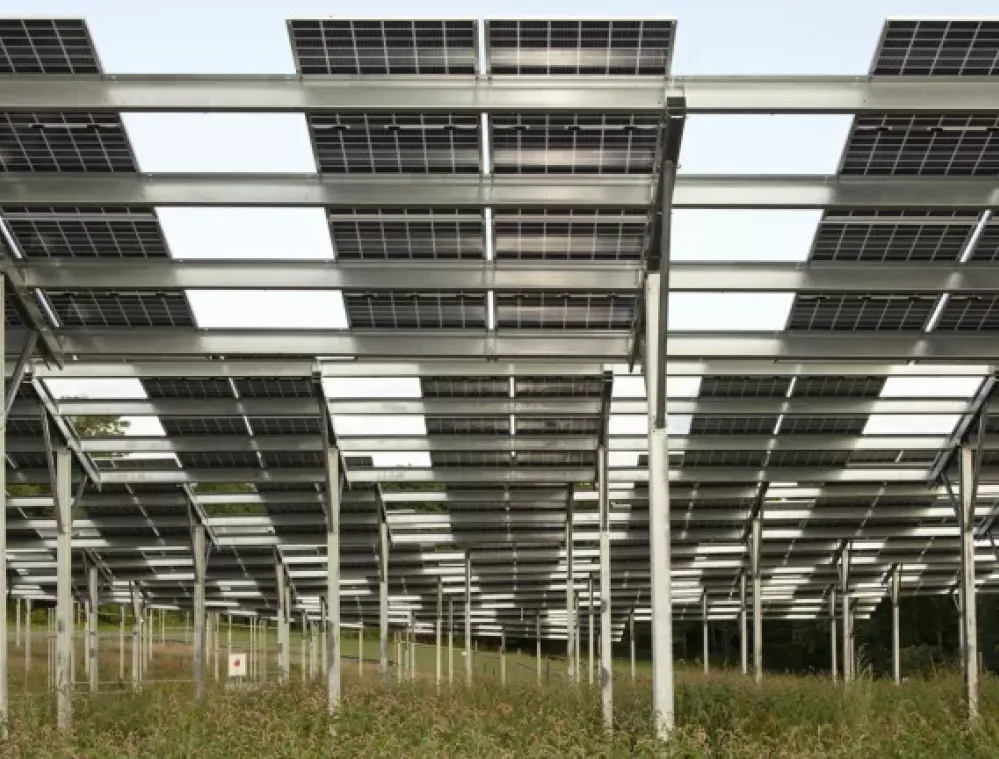
Agrivoltaics at Grafton solar project
Agrivoltaic projects like our Grafton solar project simultaneously incorporate solar energy and agricultural production on the same parcel of land by placing crops or livestock underneath or between rows of solar panels. We are working with the DOE Solar Energy Technologies Office (SETO) and UMass-Amherst to utilize a part of the project as a research site to learn more about the benefits of agrivoltaics and demonstrate how dual-use solar can provide clean power and share space with crops.
Learn more about the Grafton solar project.
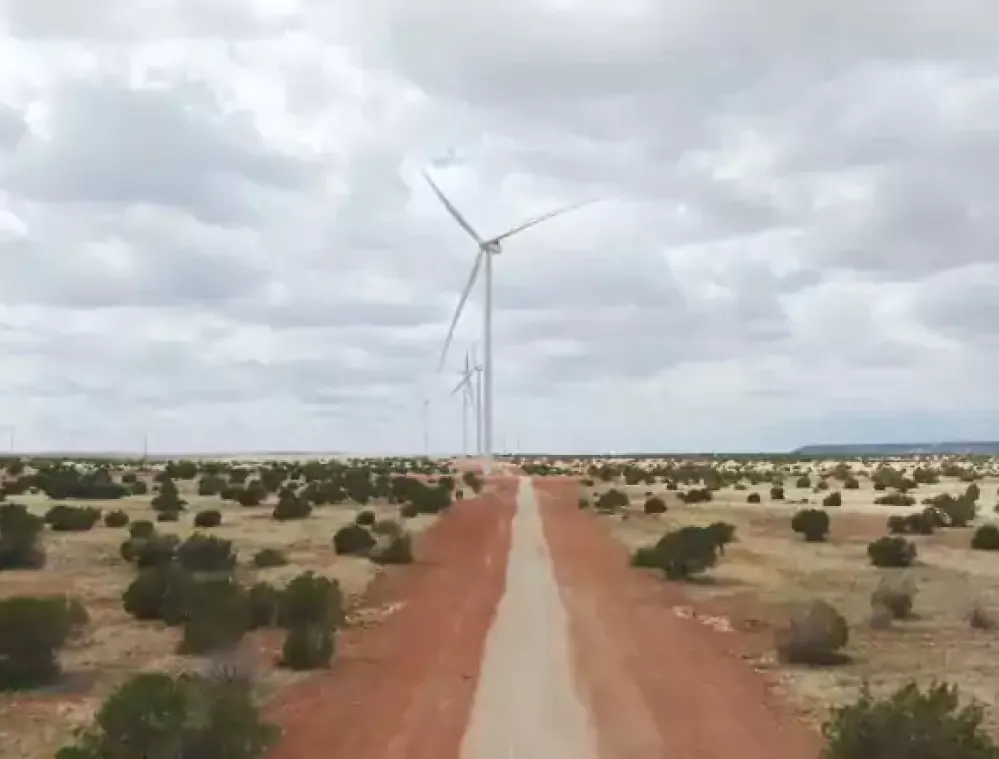
Cattle ranching at Chevelon Butte wind farm
The Chevelon Butte wind project is located on private and state land on one of the oldest active cattle ranches in Arizona, further enabling the landowner family and Arizona State Land Department to continue raising livestock and stewarding the land for years to come.
Learn more about the Chevelon Butte wind project.
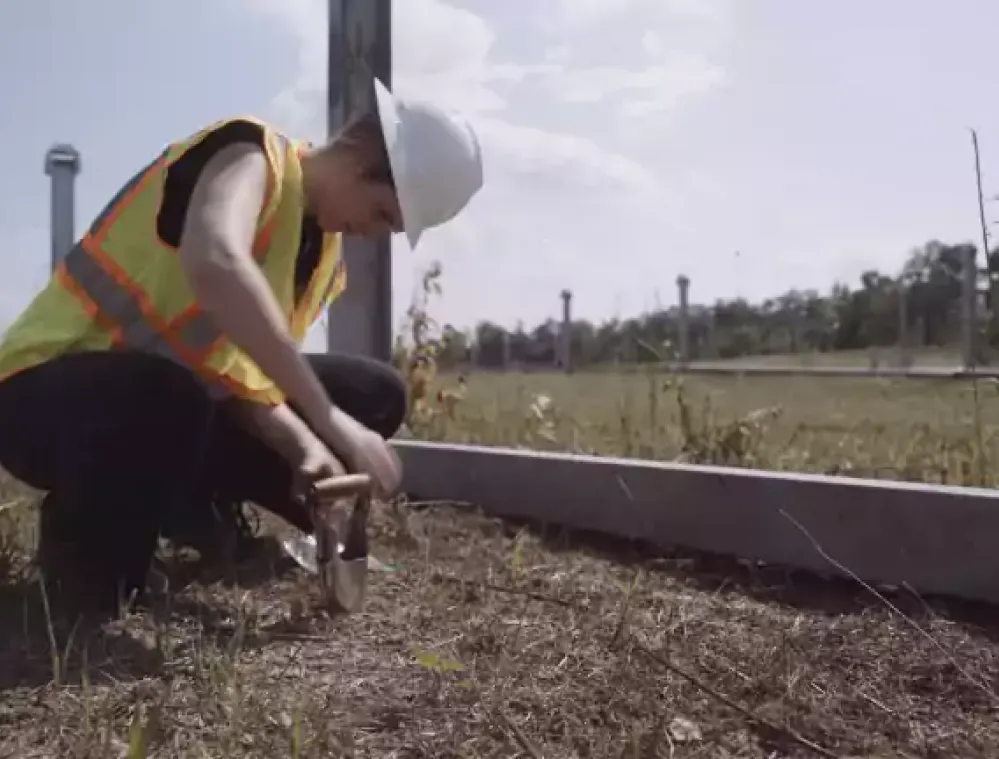
Enriching soils at Great Cove solar project
We are partnering with our customer the University of Pennsylvania and using part of the project as a research site for soil testing to learn more about how these projects capture carbon in the ground and enhance the land.
Low-impact construction that follows the natural contours of the landscape is critical to preserving the land. In most agricultural settings, we plan a native and nutrient rich ground seed cover mix to aid in enhancing the soil quality throughout the life of the project.
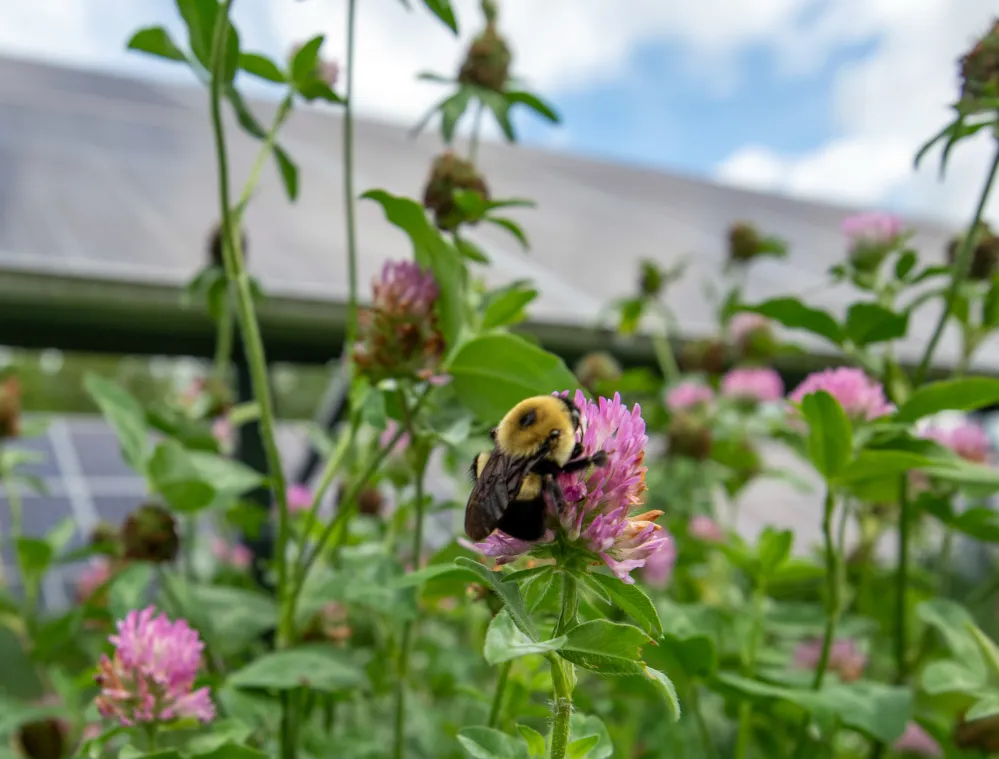
Native pollinators at Elizabethtown solar project
We installed a native pollinator-friendly ground cover seed mix that blooms for a significant part of the year to provide habitat for native pollinators, such as bumblebees and butterflies, at our 2 MW Elizabethtown solar project. A single honeybee will forage 2-5 miles in each direction, which allows this project to promote 20-100 square miles of pollinator health in a dense farmland region of Pennsylvania.

Built on trusted relationships
Our team and landowners work together, in partnership, from the early stages of site discussions, through permitting, construction, and operation. The landowner relationship with AES is built on trust and open communication, ensuring our projects create a long-lasting, positive impact for our landowners and local communities.
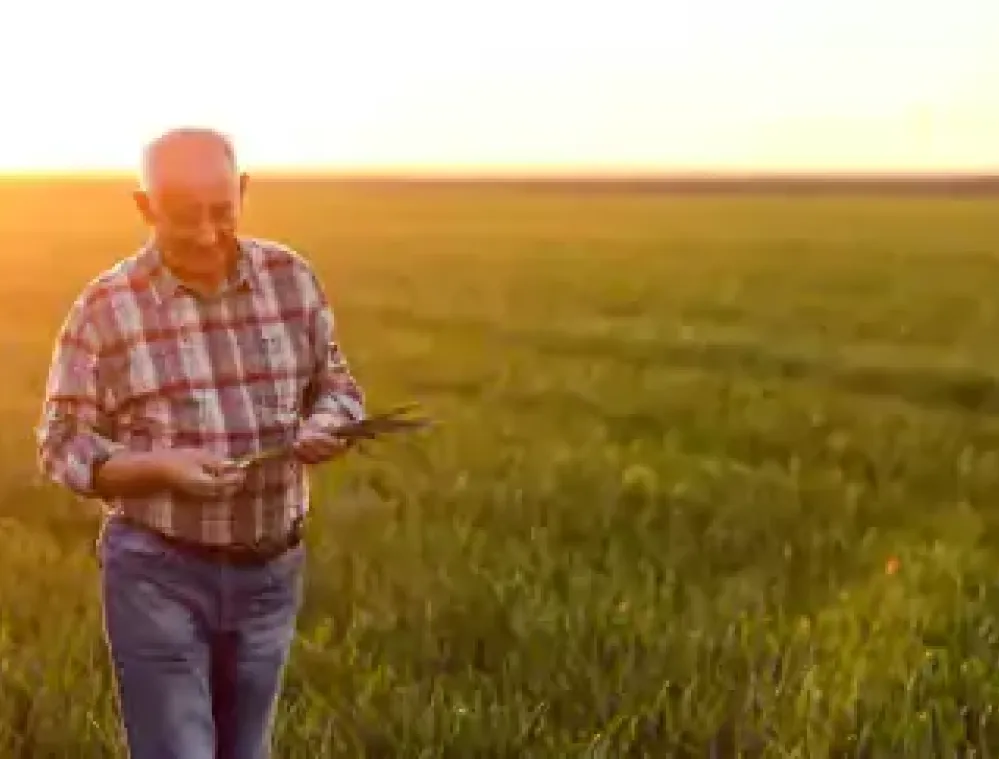
Responsible use of the land
As your tenant, we are responsible stewards of the land. Our projects are designed to fit within, and benefit local ecosystems, providing positive environmental benefits in addition to clean energy production. At the end of a project’s operating life a decommissioning plan ensures that the land can be sensitively restored to allow a return to land uses consistent with policies at the time. Ultimately, AES seeks to return your property to you in the same or better condition as when you entrusted your land to us.
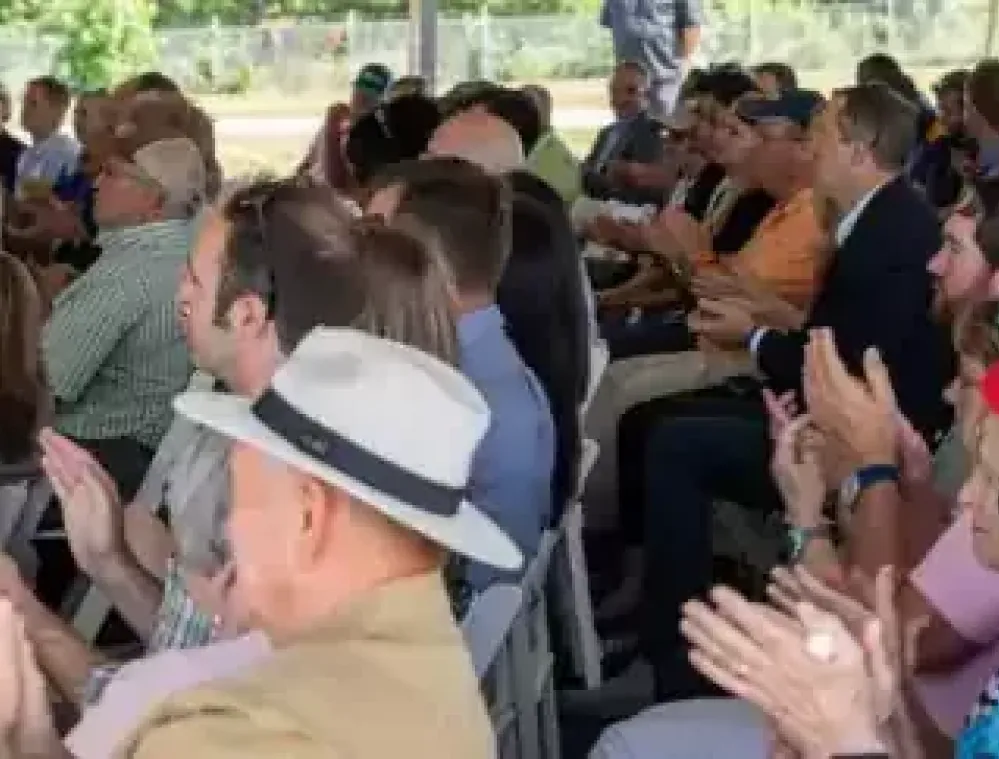
Comprehensive community benefits
At AES, we understand that our success as a company is only as strong as our partnerships with the communities where we operate. That’s why we partner with communities, customers, state agencies, higher education and elected officials to see how we can best work together to support sustainable social and economic development that complement the local geography and unique culture.
FAQs
How does a solar lease work?
To lease land for a solar farm, or any type of renewable energy project, is a simple three step process.
- Contact AES for a free land assessment.
- We evaluate your land.
- If your land meets the criteria, we’ll send you a monetary offer for the sale or lease of your property.
If you accept, we’ll enter into a contract, where we utilize your land to develop a new renewable energy project and handle the responsible, sustainable management of your land while you receive long-term lease payments.
What is the average length of a wind or solar land lease?
The average lease term for a wind or solar land lease is 25-30 years. Lease agreements may also include terms for lease extensions.
What is the solar farm lease rate per acre?
Solar lease rates per acre can vary depending on factors like location and project type. Most land leases pay a premium to other land uses. Please complete the Contact Us form and a member of our team will be happy to reach out to you to evaluate your land.
Can I get a solar farm on my land? What would make my land eligible for a renewable energy project?
There are several considerations for the type, size, and condition of land needed for leasing land for a solar farm, wind farm, or energy storage project. Please complete the Contact Us form and a member of our team will be happy to reach out to you to evaluate your land.
Where can I find reputable solar farm companies looking for land?
Solar lease companies can generally be found by searching the web and industry directories for solar project developers in your area. AES is active in nearly all states throughout the US developing wind, solar and battery storage projects.
This map is an overview of our US project capacities, as of April 2024:
Is AES looking to lease land near me?
AES is evaluating land for projects across the entire US. Please complete the Contact Us form and a member of our team will be happy to reach out to you to evaluate your land.
Can you tell me more about AES?
The AES Corporation is a Fortune 500 global energy company accelerating the future of energy. Together with our many stakeholders, we're improving lives by delivering the greener, smarter energy solutions the world needs. Our diverse workforce is committed to continuous innovation and operational excellence, while partnering with our customers on their strategic energy transitions and continuing to meet their energy needs today. For more information, visit www.aes.com.

